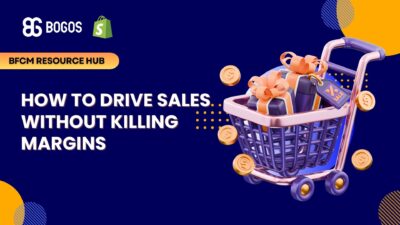
BFCM Guide: How to Drive Sales Without Killing Margins
Summary Black Friday Cyber Monday is the Super Bowl of eCommerce, the biggest revenue opportunity of the year. For...

Digital Marketing Specialist
Applying a Shopify wholesale discount will really completely change the game on your e-commerce platform. This is a discount strategy for large orders, especially in B2B business, with a lucrative market worth $12.2 trillion in 2019 (according to Statista).
This article will focus on wholesale pricing strategies and find ways to calculate discounts by researching the market, estimating costs, setting profit margins, etc. We will show you the fastest way to create this discount using Shopify’s inherent features and through a super awesome app. You will also be informed about the potential disadvantages of this type of discount. So, let’s get started!
There are two main ways to create wholesale discounts are using Shopify’s built-in features or an app.
Shopify makes creating basic quantity discounts right from your store’s dashboard easy.
In your Shopify admin, choose “Create Discount.”
Then, select “Amount off products” to create a discount based on the quantity of a specific product.
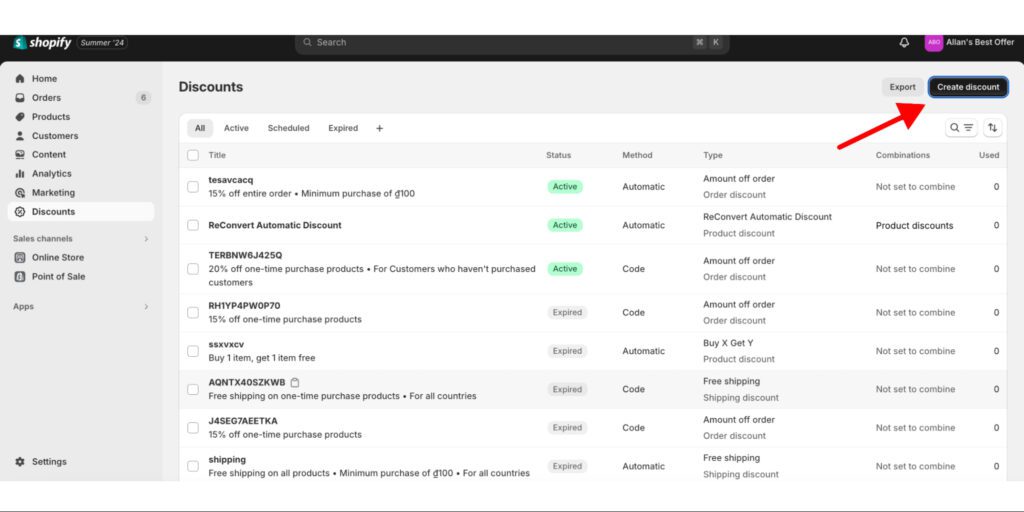
Next, you must set either a “minimum quantity of items” or a “minimum purchase amount.”
Then, consider adjusting other functions and click “Save Discount“.
Note: Create Multiple Tiers (if needed):
Create separate discounts for each tier if you want to offer different discount levels based on different quantities or purchase amounts. For example:
For each tier, you will create a separate discount code. For instance:
Tier 1 Discount:
Tier 2 Discount:
Repeat this process to create additional tiers as needed to match your desired discount structure.
Shopify has many built-in features, but they are basic and imperfect for developing the most effective wholesale discount strategies. That is where apps excel!
Among all the applications, BOGOS is one of the most prominent ones for obtaining Shopify wholesale discounts. It is a high-end, top-rated, well-known Shopify app that allows you to create substantial gift and cart discount offers such as Buy One Get One Free, Buy X Get Y, Free Gifts with Purchase, and many others.

BOGOS has a high approval rating among Shopify users based on user experience, a current rating of 4. 9 🌟 and more than 1900 reviews! Very impressive, right?
These numerous reasons will further entice you to use BOGOS:

– Go to Shopify admin > BOGOS.io > All bundles
– Click “Create bundle”
– Choose “Quantity break”

– Bundle Title: For internal use only, not visible to customers.
– Block Header: Appears at the top of the bundle widget (e.g., “Buy More Save More”)
– Description: Optional, provides more info to customers
– Start Time: When the bundle becomes active
– End Time: Optional, when the bundle ends
– Product Selection: Choose from Any products, All except selected, Only selected, or by types/vendors/collections
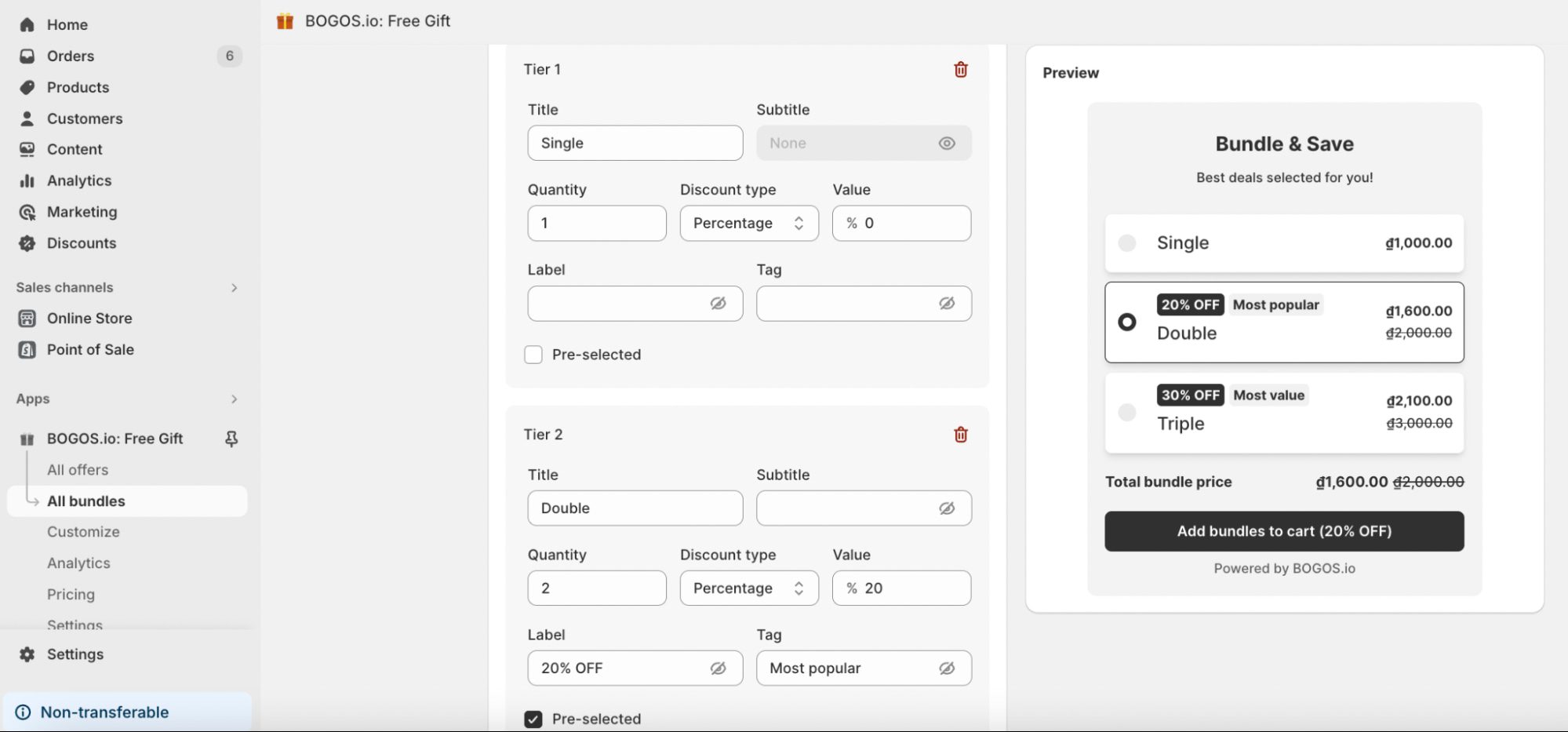
– Default: Three tiers (Single, Double, Triple) with 0%, 20%, and 30% discounts
– For each tier, set:
. Title (e.g., Single, Double, Triple)
. Subtitle: Additional information
. Quantity: Number of products
. Discount Type: Amount or Percentage
. Value: Discount amount
. Label: Highlights discount (e.g., “20% OFF”)
. Tag: Highlights benefit (e.g., “Most popular”)
. Pre-selected: Choose the default tier

By default, combines with other discounts (e.g., Order discounts and Shipping discounts)
– Click “Publish” to activate the bundle
– Or “Save draft” to save without activating
– Check product pages to ensure the Quantity break widget appears correctly
When it comes to setting wholesale prices, there’s no one-size-fits-all approach. We will discuss two common techniques, namely the absorption pricing method and the differentiated pricing method. We will now highlight primary information regarding each of the two.
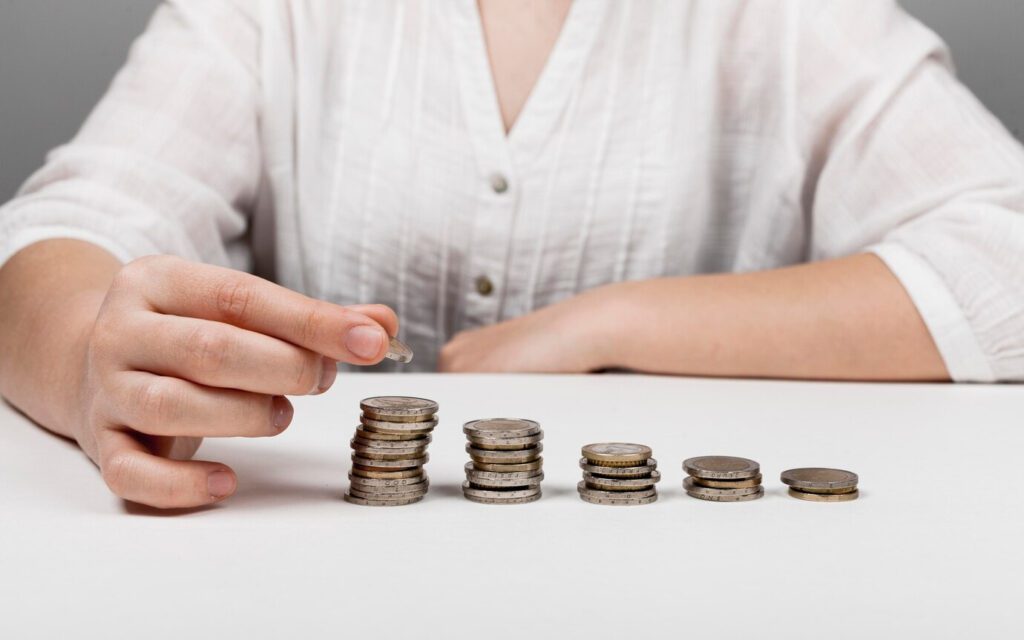
Absorption pricing is a direct method that focuses on all costs and is possible by setting the wholesale price. It is not so different from making a cookie or a cake: stir all the necessary ingredients (costs) until you get the output (price).
In this method, you calculate your total costs, including production, overhead, and desired profit margin, and then set your wholesale price to cover all these elements.
For example, if you’re selling handmade jewelry, you’d calculate the cost of materials, labor, and overhead, then add your desired profit margin to arrive at your wholesale price.
The formula is simple: Wholesale Price = Cost Price + Profit Margin.
Now, based on this formula, let’s analyze the example.
=> Total Cost Price = $10 + $15 + $5 = $30
Using the absorption pricing method, you would set your wholesale price for this piece of handmade jewelry at $45.
Pros:
Cons:
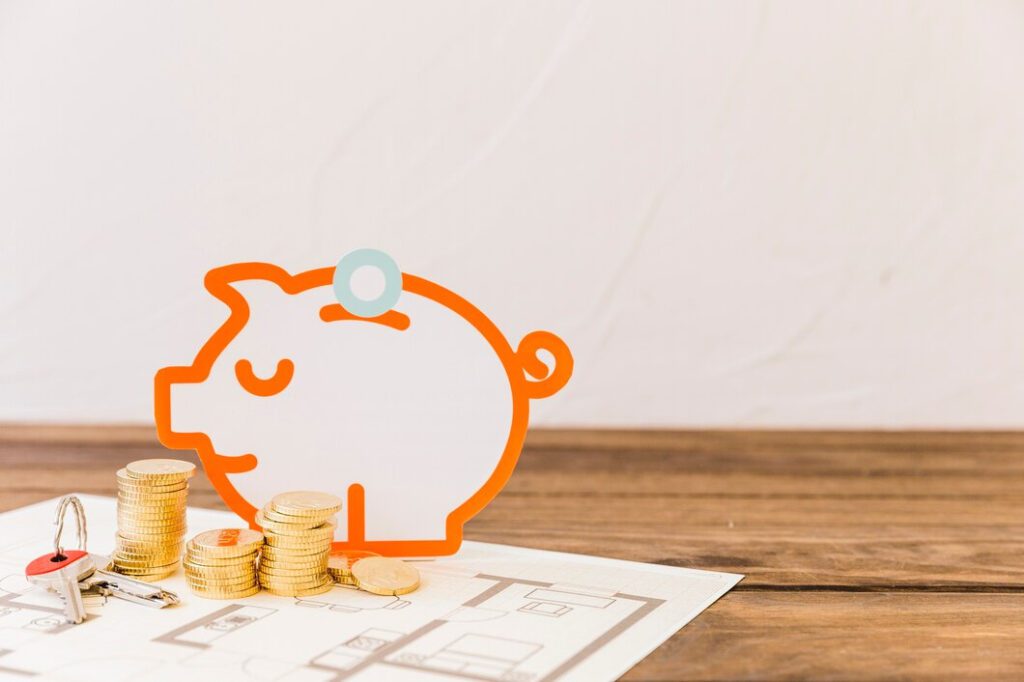
The differentiated pricing method may also mimic the chameleon, shifting its price based on different conditions. This way, you can adjust your wholesale prices based on what you currently have in stock, the current demand for your products, the season, or the type of consumer.
Let us assume the product is beach umbrellas. As a result, you could set a higher wholesale price for the retailers in areas such as the coastal region during the summer holidays. However, you would sell the same products for a lesser price to the retailers in colder regions or during the off-season.
It enables you to maximize your potential for making more profits when there are high demands and also ensures that you remain in business when there are low demands. That is especially useful for products in high demand during specific periods of the year or when working with different types of wholesalers is necessary.
Pros:
Cons:
Read more: Boost Sales with Shopify Customer Group Discounts: A Guide for Targeted Promotions
Now that we have discussed the various types of wholesale pricing strategies, the following seven steps will help you determine the Shopify wholesale discount prices. These steps will help you provide suitable and adequate prices for wholesale consumers.
Actually, to conduct this strategy, you have to start by defining your market. You can observe prices in relation to the average prices that other competitors offer for similar products. Go to their websites selling the products and assess their prices.
You can also discuss the matter with other businessmen or become a member of related groups to obtain information. Knowing the market will enable you to set a price that will appeal to customers without affecting the business’s profit.
Calculate your cost of goods manufactured (COGM). You can figure it out by using this formula:
Total Material Cost + Total Labor Cost + Additional Costs and Overhead = Cost of Goods Manufactured
For instance, if you’re making t-shirts, factor in the cost of fabric, printing, tags, and labor. Don’t forget about packaging! A good rule of thumb is to aim for your COGM to be about 25-35% of your retail price.
Now, consider additional costs like customer acquisition, shipping, and general business expenses.
Adding these ensures you don’t miss any hidden costs that can affect your profits.
Decide how much profit you want to make. This is your desired profit margin. A standard margin is 20-30%, but it can vary depending on your industry and goals.
For instance, if your total cost per product is $10 and you want a 30% profit margin, your profit per item should be $3.
Combine your production costs, additional costs, and desired profit margin to set your base wholesale price. This is the price you offer to wholesale buyers before any discounts. For example, if your total cost is $10 and you want a $3 profit, your base wholesale price is $13.
Apply a quantity discount on Shopify to encourage more extensive orders. The more your customers buy, the bigger the discount they get.
For instance, offer a 5% discount for orders of 100 units and a 10% discount for orders of 500 units. This strategy helps you sell more while still making a profit.
Offer special prices during holidays, end-of-season sales, or business anniversaries. For example, provide a 15% discount on all orders during the holiday season. These discounts create urgency and attract more buyers.
By following these seven steps, you can effectively set competitive and profitable Shopify wholesale discount prices. Understanding your costs and the market, along with strategic discounts, ensures you offer great deals to your customers while maintaining a healthy profit margin.
Despite the fact that Shopify wholesale discounts help gain more customers to purchase products in bulk, some challenges occur, which you have to work on. Why don’t we go and check them out and see what the solutions to the problems are?
Wholesale discounts imply that you are selling your product at a lower price, reducing the amount of money you make per unit. This can be very challenging if your operations costs are already high.
Solution:
Managing inventory for wholesale can be tricky. Balancing stock between retail and wholesale customers requires precision.
Solution:
Offering wholesale discounts can intensify competition. Other businesses may lower their prices to match yours, leading to a price war.
Solution:
Handling wholesale orders adds complexity to your operations. You might need to deal with bulk orders, special shipping requirements, and different payment terms.
Solution:
Maintaining the same product quality can be challenging when scaling up for wholesale. Larger orders might lead to rushed production and mistakes.
Solution:
By being aware of these potential downsides and addressing them proactively, you can offer Shopify wholesale discounts without sacrificing your business’s stability or reputation. It’s all about finding the right balance and using the tools to manage the additional complexities. So take it easy!
In conclusion, offering a Shopify wholesale discount has many benefits for your business. It attracts bulk buyers and boosts sales. However, as mentioned above, it’s not without challenges, like thinner profit margins or tougher competition.
You can turn these challenges into opportunities by applying practical solutions in time. To make this process even smoother, try the BOGOS app. It helps you create irresistible deals easily. Give it a try and enjoy its convenience now!
Yes, you can offer varying discounts to different customer groups by creating customer segments and applying specific discount rules through apps like Bold Custom Pricing.
Yes, Shopify’s analytics and reporting tools, along with insights from wholesale apps, help you monitor sales volume, order value, and customer behavior to track the performance of your wholesale discount strategy.
Using customer tags, creating specific customer accounts, or utilizing wholesale apps that verify and restrict access to wholesale pricing can ensure that only eligible customers receive wholesale discounts.


Summary Black Friday Cyber Monday is the Super Bowl of eCommerce, the biggest revenue opportunity of the year. For...
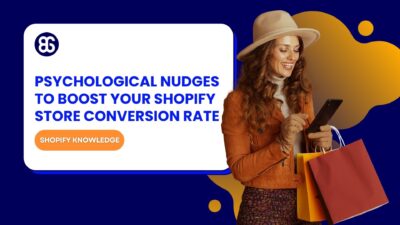
The “Add to Cart” click is a good start, but high cart abandonment rates-70-80%-prove the completed purchase is the...
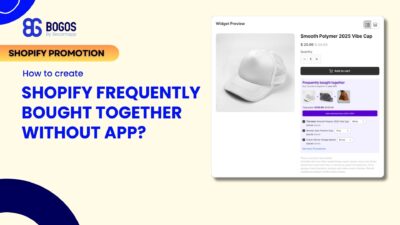
Shopify frequently bought together recommendations can boost your average order value by 10-30% by showing customers complementary products they’re...
